 船员帮
船员帮

港口国监督检查程序
Procedures for Port State Control are described in detail in IMO resolution A.882(21) and regional agreements, which are summarized in the following:
港口国监督检查程序在 IMO 的A.882(21)决议以及各区域协定里都有详细的阐述,现将其概述 如下:
16.Selection of ships to be inspected
选择受检查船舶
The Port State Control Officer (PSCO), before visiting the port, select a ship or ships to be inspected, taking into account the criteria for the selection of ship stipulated in the MOU. Ships such as tankers and bulk carriers, and ships with previous records of detention, etc. In doing so, PSCO search previous PSC data from regional or national data bank on ships the PSCO intends to visit.
船舶到达港口之前,检查官会根据备忘录里规定的选船标准选择受检查船舶。优先检查的船舶 包括第一次挂靠该港口的船舶、油船和散货船等敏感型船舶、有滞留记录的船舶,等等。在选船的 时候,检查官会从该国家或该区域的数据库中就以前的港口国监督数据对待检船舶进行调查。
17. Initial inspection 初检
PSCO first checks the certificates and other documents carried on board to ascertain that they are valid and in order. He also check the general condition of the ship in order to satisfy himself that the ship complies with the provisions of the relevant instruments. If everything is in order, the inspection is completed and the ship is allowed to sail.
检查官首先检查船舶配备的证书及其他相关文件,以确人其有效性和正确性。同时,他们也检 查船舶总体状况,确认该船舶是否符合相关条约的条款要求,以使自己满意。如果所有情况良好, 检查即告结束,船舶被允许开航。
18. Detailed inspection 详细检查
If, however, PSCO finds that the certificates are not in order, or, after general inspection, considers that there are clear grounds for believing that the ship does not substantially comply with the provisions of the relevant instruments, then he carries out detailed inspections. Resolution A.787 (19) defines the clear grounds and describe how to carry out detailed inspection.
然而,如果检查官发现证书不符合要求,或者,初次检查后有明显依据认为该船实质上并不符 合相关公约条款的要求,检查官就会对该船实施详细检查。A.787(19)决议定义了明显依据并对如何 实施详细检查进行了阐述。
18. Detailed inspection 详细检查
If, however, PSCO finds that the certificates are not in order, or, after general inspection, considers that there are clear grounds for believing that the ship does not substantially comply with the provisions of the relevant instruments, then he carries out detailed inspections. Resolution A.787 (19) defines the clear grounds and describe how to carry out detailed inspection.
然而,如果检查官发现证书不符合要求,或者,初次检查后有明显依据认为该船实质上并不符 合相关公约条款的要求,检查官就会对该船实施详细检查。A.787(19)决议定义了明显依据并对如何 实施详细检查进行了阐述。
20. Reporting 报告
After inspection, the ship is provided with Form A of the port State inspection, and in the case of deficiencies, Forms B as well. In the case of detention, Forms A and B are transmitted to the flag State. PSCO also send the results of inspection to regional database, such as SIRENAC in St. Malo, France, under the Paris MOU and APCIS in Vladivostok, the Russian Federation, under the Tokyo MOU.
检查完毕后,将会给船舶提供一份港口国监督检查的 A 表,当发现缺陷时还有 B 表。如果船舶 被滞留,A 表和 B表会被传送给船旗国。检查官也会把检查结果送往区域数据库中心,例如巴黎备 忘录位于法国圣马洛的 SIRENAC、东京备忘录位于俄罗斯海参葳的 APCIS。
21. Following-up action 后续行动
The port State regularly submit to IMO records for the detention of ships. IMO published the annual detention list. Flag States are obliged to submit to IMO reports on the action taken for detained ships. Many port States and the Paris and Tokyo MOUs publish detention list monthly in their Internet web sites.
港口国定期把滞留船舶的记录呈送到国际海事组织(IMO)。然后,IMO 发布年度滞留单。船旗国 必须把被滞留船舶所采取的措施上报 IMO。许多港口国、巴黎备忘录以及东京备忘录都在他们的国 际互联网网址上每月发布船舶滞留单。




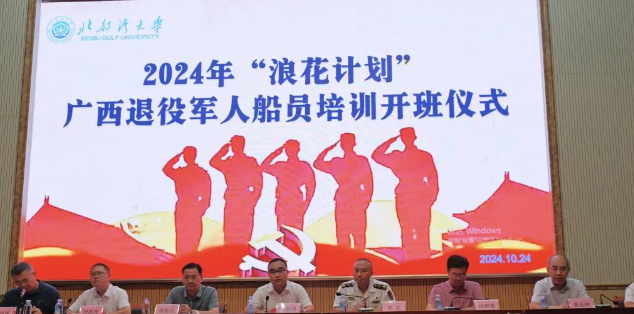
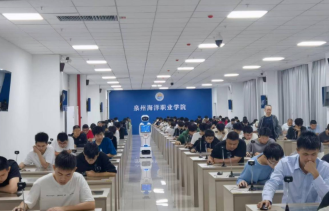


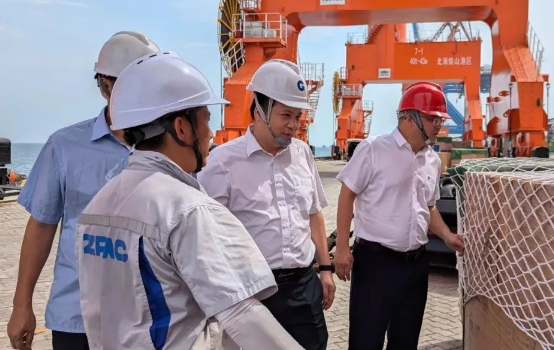
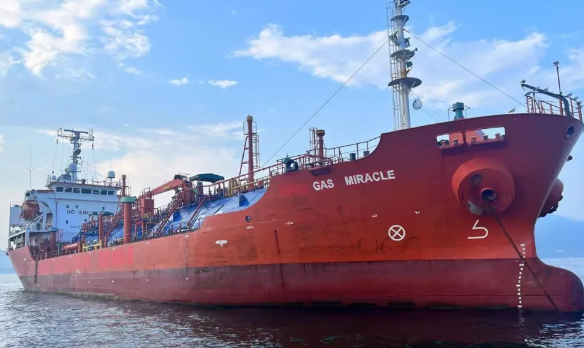
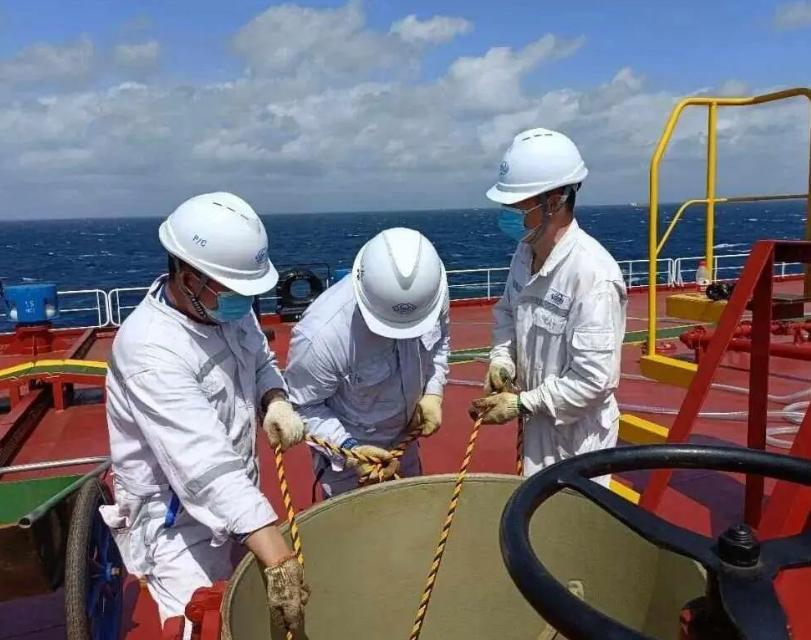

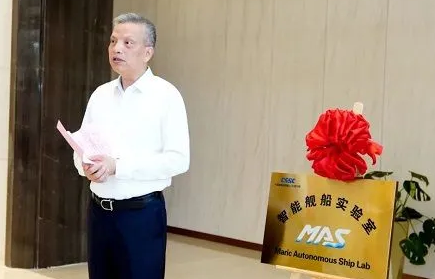
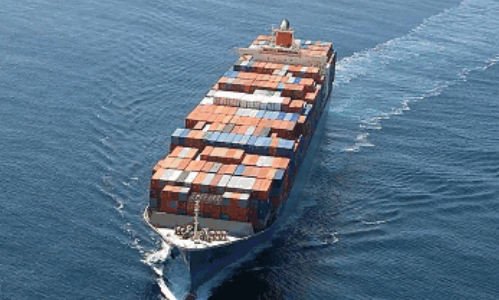
船员帮 帮船员